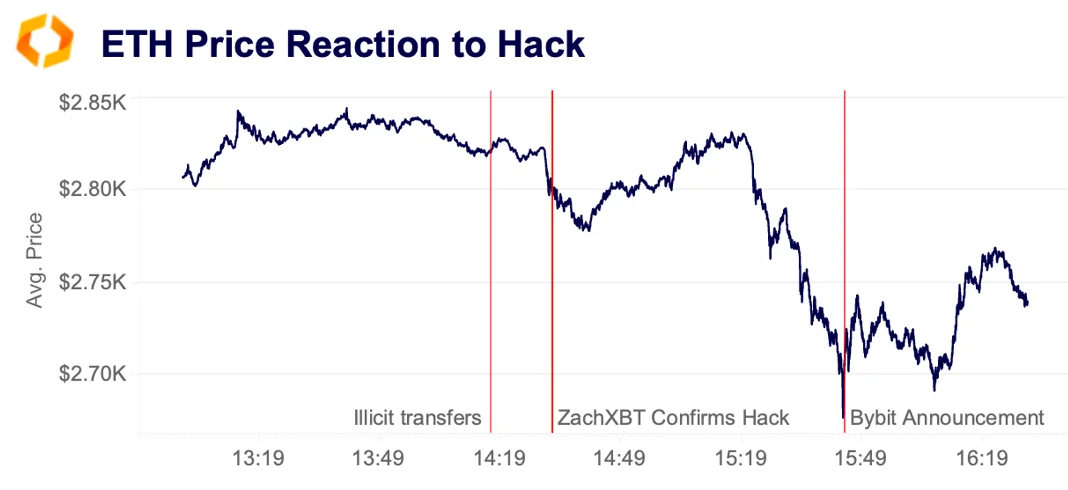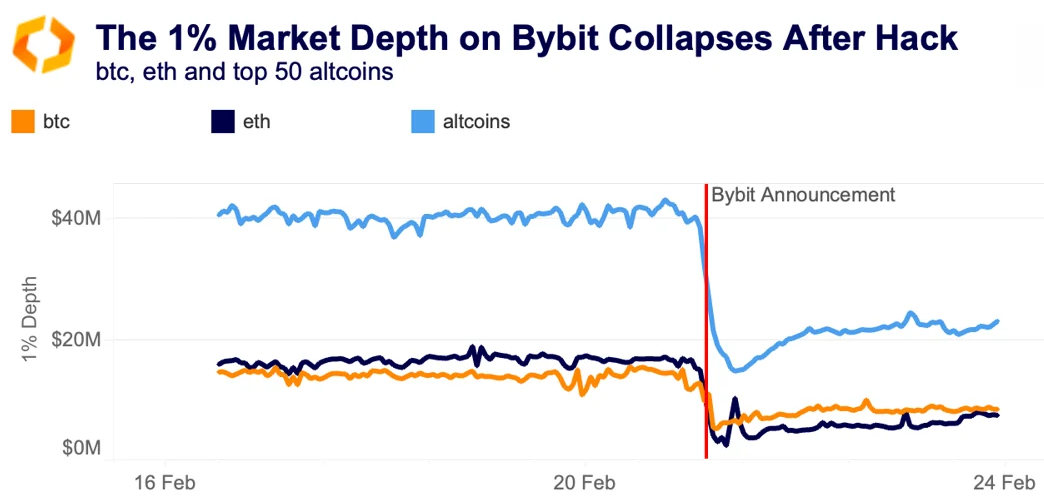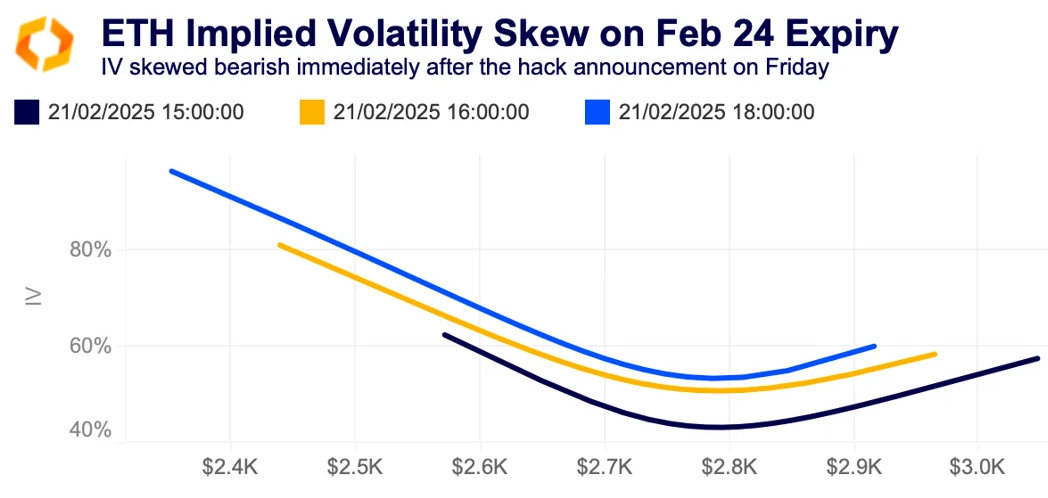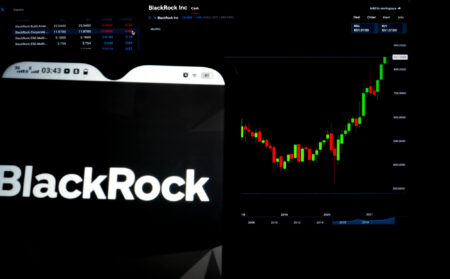A summarizing review of what has been happening at the crypto markets. A look at trending sectors, liquidity, volatility, spreads and more. The weekly report in cooperation with market data provider Kaiko.
Despite the SEC dropping its case against Coinbase and Robinhood, and Brazil approving the first spot XRP ETF this week, positive sentiment was short-lived. Bybit suffered what could be the largest hack of any institution—crypto exchange, bank, or otherwise—on Friday, with $1.4 billion worth of ETH and ETH derivatives stolen. Due to the magnitude of this hack, we've made this a special edition of the Debrief to address all the critical details:
- +$700M in ETH remains in the exploiter's wallets.
- The markets reacted 1 hour after the hack.
- Bybit's 1% market depth for BTC, ETH, and top altcoins dropped 59% to $28M.
- Bybit's daily trade volume fell to $1.4bn.
Inside the Bybit hack
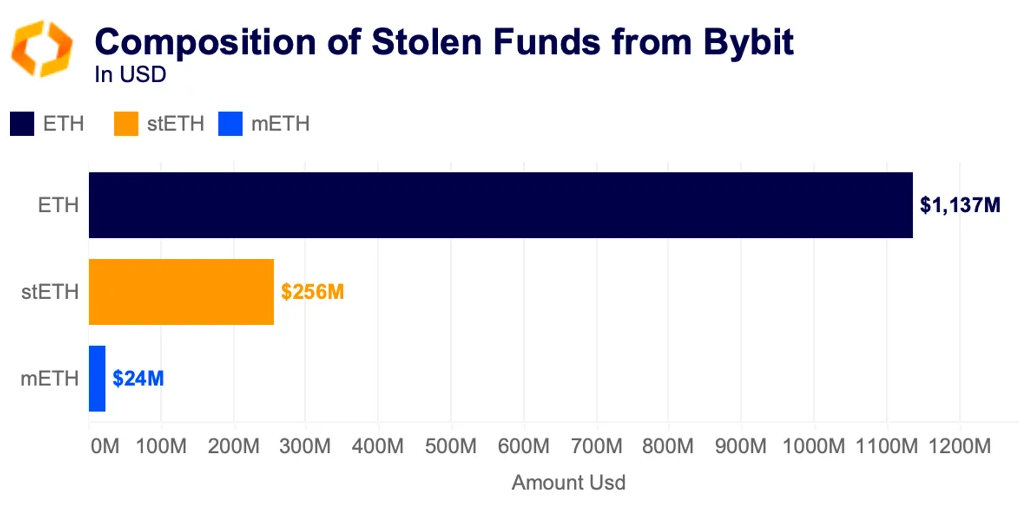
Shortly after midday UTC on Friday, the world’s second-largest crypto exchange, Bybit, was hacked for $1.4 billion. The exchange described the hack as a “manipulation of the transfer process in our ETH Multisig Cold Wallet during a planned, routine transfer.” Over 400,000 ETH were transferred to one unidentified wallet address (0x47666fab8bd0ac7003bce3f5c3585383f09486e2) as a result. Over 500,000 ETH, stETH, and mETH, worth more than $1.4 billion at the time of the hack, were drained from Bybit's wallet and then redistributed to other wallets owned by the hacker.
Short-lived sell-off
BTC and ETH prices began to decline just before the hack was officially confirmed by Bybit, then declined more strongly once confirmed on X by Bybit's CEO. In the hours following the announcement, Bitcoin dropped by 3%, while Ethereum experienced a sharper 7% fall. The fact that the pressure ramped up only after Bybit’s CEO confirmed the hack had occurred, more than an hour after the hack happened, highlights that while blockchain data is publicly available, it doesn’t guarantee that signals—even for major events—are immediately recognized by the market. The delay in reaction underscores the persistence of information asymmetry.
Over the weekend, ETH briefly rebounded above $2.8K, fueled by Bybit’s repurchase of ETH to replenish its reserves.
Liquidity impact and outlook
Bybit's liquidity took a severe hit following the hack, as market makers exited en masse. Despite this, the exchange's crisis management and communication were well received by the crypto community, and liquidity improved over the week-end.
Rapidly repricing risk
Looking at derivatives data reveals that the market wasn’t pricing in a prolonged risk event in the wake of the largest-ever hack. For example, if we zoom in on today's expiry, we can see just how sharply sophisticated traders were reacting to the event. The chart above shows the evolution of IV with regard to strike price (known as skew or smile) for this expiration. The IV smile quickly skewed left as the news developed, signifying abundant bearish sentiment, as traders were willing to pay more for downside protection.


